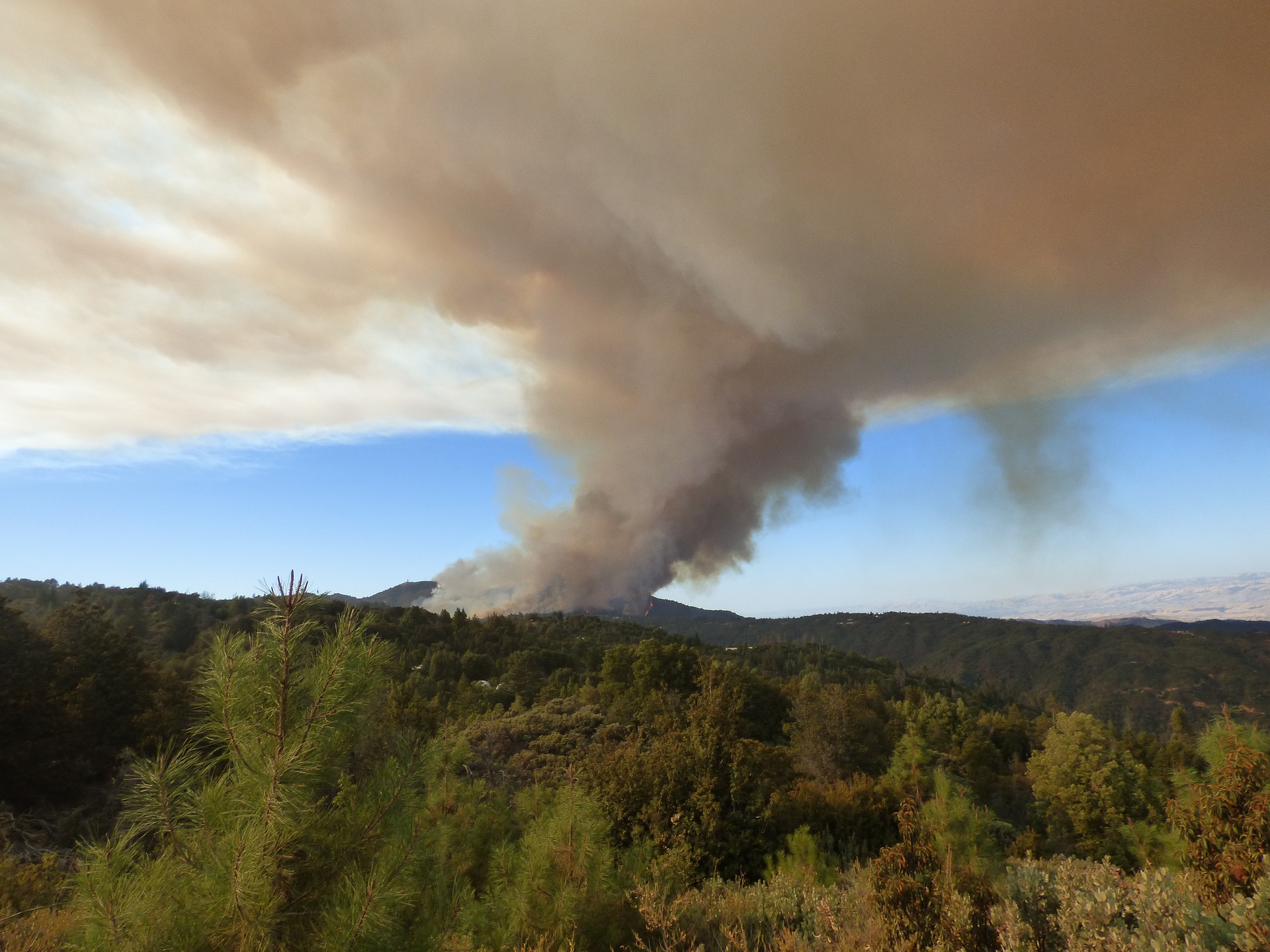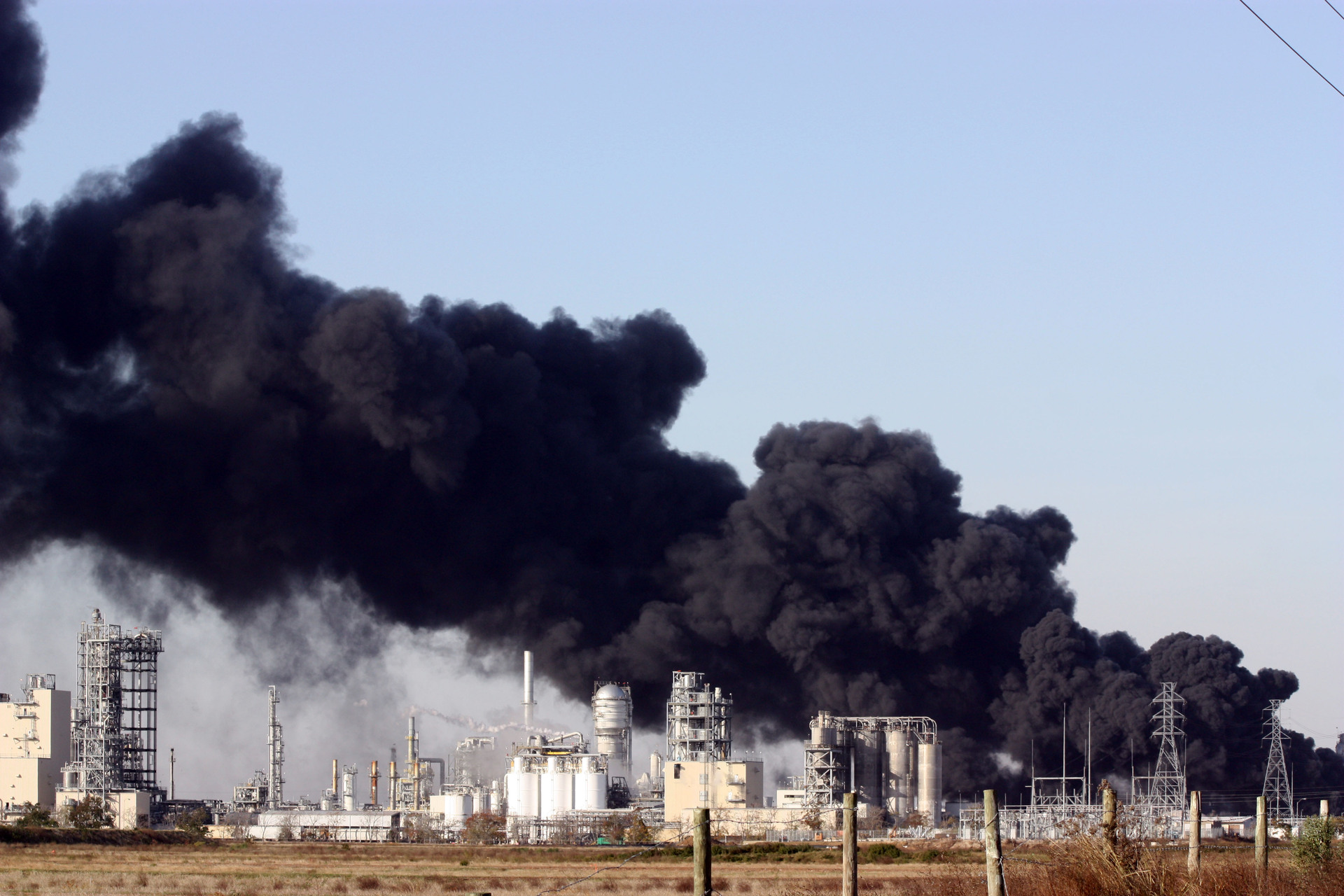



The TEMPO mission plans to use as much as 25% of the observing time for non-standard or “special” operations with sub-hourly temporal resolution (e.g., ≤ 10 minutes) over selected slices of the Field of Regard (FoR). A special focus of the special operations will be disaster events, such as wildfires, dust storms, volcanic eruptions, and industrial accidents, along with unique chemistry experiments aimed at further enhancing our understanding of rapidly varying emissions and air pollutants in complex environments. Special operations can be performed during the commissioning phase of the mission from June – September 2023 when instrument testing and calibration are conducted. It is possible to initiate the special scan operations in about 2-3 hours after notice of an impending or occurring event with considerable flexibility in the specifications of temporal frequency and swath width. The management plan document provides additional details on the planning and coordination activities of the TEMPO special operations.
To maximize the science and application benefits of the special observations from TEMPO, planning and coordination activities commenced during the pre-launch phase of the mission. Early Adopters are encouraged to submit experiment requests that can advance their science and application activities, which can ultimately lead to greater societal impacts stemming from the TEMPO mission. Descriptions of experiment requests can be found in the TEMPO Green Paper living document, which is being routinely updated with new experiments during the pre- to post-launch mission phases. The development of a comprehensive TEMPO Green Paper with a wide spectrum of science applications (e.g., air pollution emissions and monitoring, air quality forecasting, regulatory science, public health, weather forecasting, etc.) is key to broadening the use and societal impacts of TEMPO data across a diverse community.
To submit experiment ideas, complete the experiment request form above.

